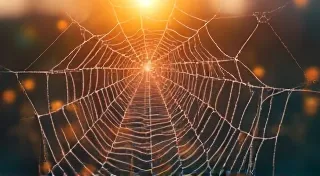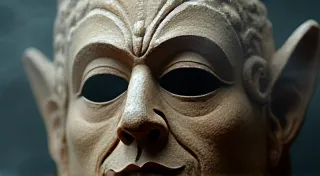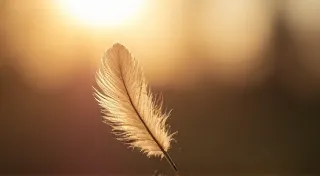Warp & Weft as Metaphor: Exploring Social Structures in Textile Designs
The rhythmic click of the loom, the interplay of warp and weft – these are sounds and actions imbued with far more than just the creation of fabric. Across cultures and throughout history, weaving has been a powerful visual language, a tangible expression of societal values, beliefs, and intricate social structures. To truly appreciate a regional weaving pattern isn’t just about admiring its aesthetic beauty; it’s about understanding the silent story woven within its threads, a story that speaks volumes about the people who created it.
My grandmother, Elara, was a weaver. Her hands, worn smooth by years of working the loom, held a knowledge that transcended mere technique. They held the echoes of generations. I remember, as a child, sitting at her feet, mesmerized by the dance of her hands, the colorful threads flowing under her control. She rarely spoke explicitly about the meanings embedded in her own designs – the patterns of her village, the landscapes she captured in wool and cotton – but I felt, instinctively, that they represented something larger than herself. Now, decades later, I understand that feeling better; I understand that each thread was a link to the past, a whisper of her ancestors.
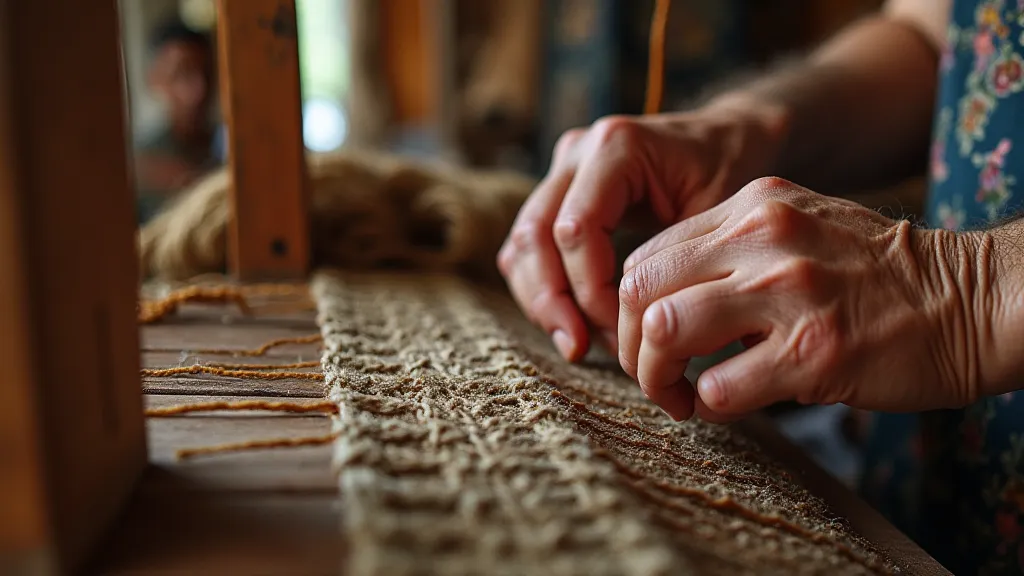
Weaving as a Reflection of Hierarchy
Consider the Andean region of South America, where intricate textiles have historically served as powerful indicators of social status. The quality of the wool, the complexity of the design, and even the dyes used were all tightly controlled, signifying an individual’s position within the community. The finest alpaca wool, spun and woven into elaborate geometric patterns, was reserved for the elite, while simpler, coarser fabrics were used by those of lower status. These weren't simply aesthetic choices; they were codified markers, visible and understood by everyone.
The Paracas culture (c. 800-100 BC) in Peru offers particularly striking examples. Their textiles, preserved in remarkably good condition due to the arid climate, feature elaborate depictions of deities, animals, and mythical creatures, meticulously rendered in vibrant colors. The sheer time and skill required to produce such masterpieces demonstrated the wearer’s influence and prestige. To be draped in a Paracas textile was to broadcast one’s status to the world.
Similarly, in Japan, the Nishijin-ori silk weaving tradition, dating back to the Heian period (794-1185 AD), developed a complex system of ranking weavers based on their skill and the intricacy of their designs. Certain patterns, known as ‘mon,’ were exclusively used by noble families and signified their lineage and authority. Violating this system carried serious consequences.
Gender Roles and the Loom
Beyond hierarchical structures, weaving often embodies nuanced understandings of gender roles. In many cultures, weaving is traditionally a female occupation, viewed as a skill passed down through generations of women. This isn't solely about economic necessity; it’s deeply connected to ideas about feminine creativity, patience, and domesticity.
In the Navajo Nation, for example, the creation of textiles is a central aspect of Navajo cultural identity, largely carried out by women. The "chief blankets," elaborate and intricately designed rugs, are often considered clan symbols, representing family history and ancestral lands. The process of weaving is often accompanied by prayers and songs, imbuing the finished product with spiritual significance. The passing down of weaving skills from mother to daughter strengthens familial bonds and preserves cultural traditions.
However, the perception of weaving as a “feminine” art isn’t universal. In some regions, men have also been prominent weavers, particularly in creating ceremonial or decorative textiles. In the Caucasus, for instance, both men and women participated in the art of carpet weaving, often contributing to the creation of complex, symbolic designs. The designs themselves often reflected the landscape – the mountains, valleys, and rivers – and the stories of the region.
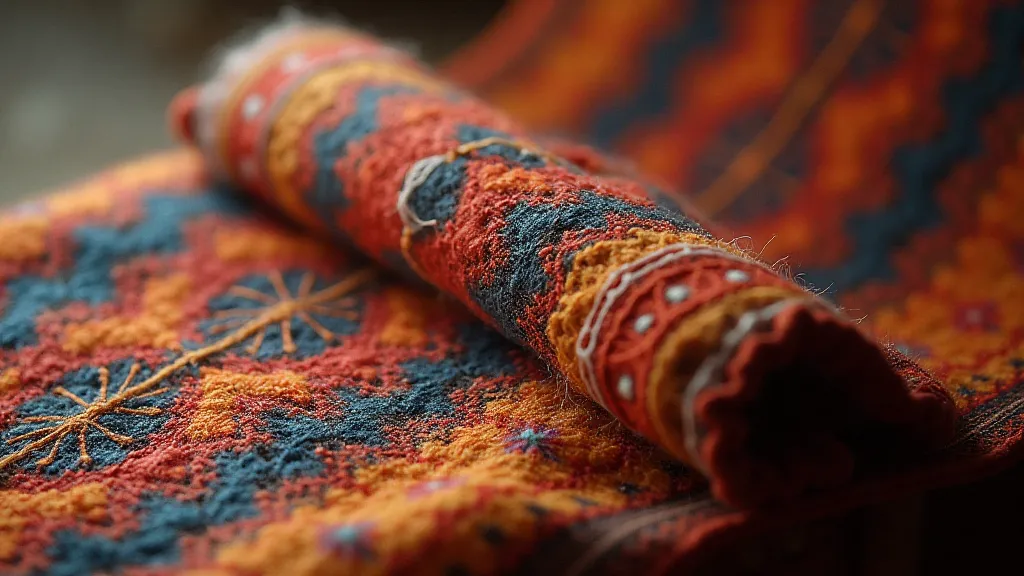
Communal Values and Storytelling
The most compelling regional weaving patterns frequently act as visual narratives, conveying stories, myths, and moral lessons. These are more than just decorative elements; they are powerful tools for transmitting cultural knowledge across generations.
In Guatemala, for example, the textiles produced by the Maya women are renowned for their intricate designs, which often depict scenes from Mayan mythology, historical events, or everyday life. Each village has its own distinctive weaving style and color palette, creating a vibrant tapestry of regional identities. The symbols and motifs woven into the fabric often carry specific meanings, conveying messages about fertility, abundance, or protection. To understand a Guatemalan huipil (a traditional blouse) is to glimpse into the soul of the community.
In the Indonesian archipelago, the batik tradition—though technically a wax-resist dyeing technique rather than weaving—demonstrates a similar function. The patterns, often depicting stylized flowers, birds, or geometric shapes, carry symbolic meaning and are used to mark important life events, such as births, marriages, and funerals. The process of creating batik is a communal activity, often involving multiple family members, strengthening social bonds and preserving cultural heritage.
Preserving the Legacy: Restoration and Appreciation
The beauty and significance of regional weaving patterns are constantly threatened by globalization, industrialization, and the loss of traditional skills. It’s our responsibility to appreciate, preserve, and support the artisans who carry on these ancient traditions. While direct participation in weaving may be beyond the reach of many, simple acts of appreciation – purchasing authentic, ethically sourced textiles – can make a meaningful difference.
For those drawn to the technical aspects, understanding the basic principles of weaving—the structure of the warp and weft, the different types of looms—can deepen one’s appreciation for the skill and artistry involved. The preservation and restoration of antique looms and textiles, while requiring specialized knowledge, plays a vital role in safeguarding this cultural heritage. Organizations dedicated to supporting traditional weaving practices often offer workshops and training programs for those interested in learning more.
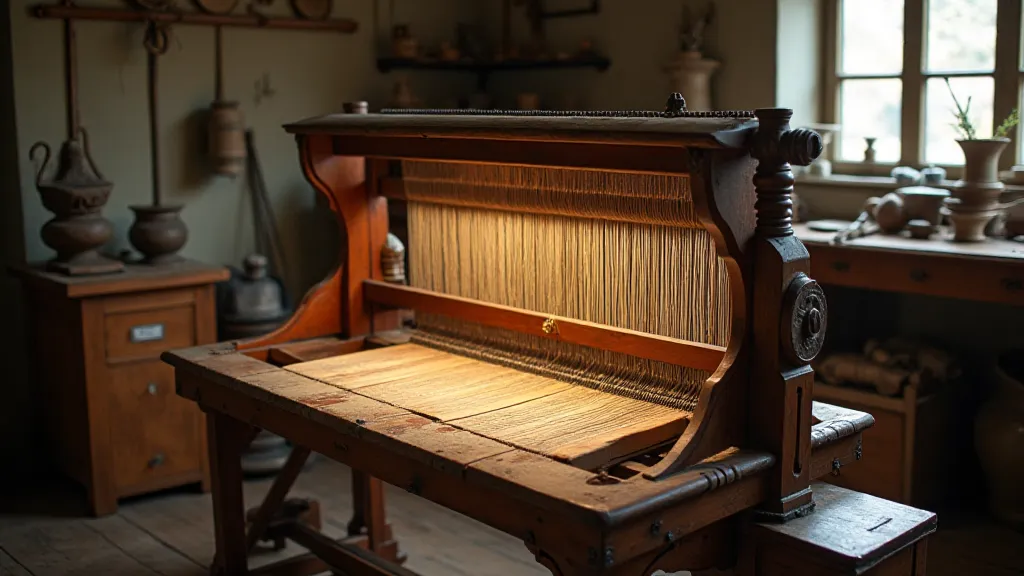
Ultimately, the study of regional weaving patterns is more than just an exploration of textiles; it’s a journey into the heart of human culture. Each thread, each knot, each color tells a story—a story of social structures, gender roles, communal values, and the enduring power of human creativity. By listening to these stories, we can gain a deeper understanding of ourselves and the world around us.

